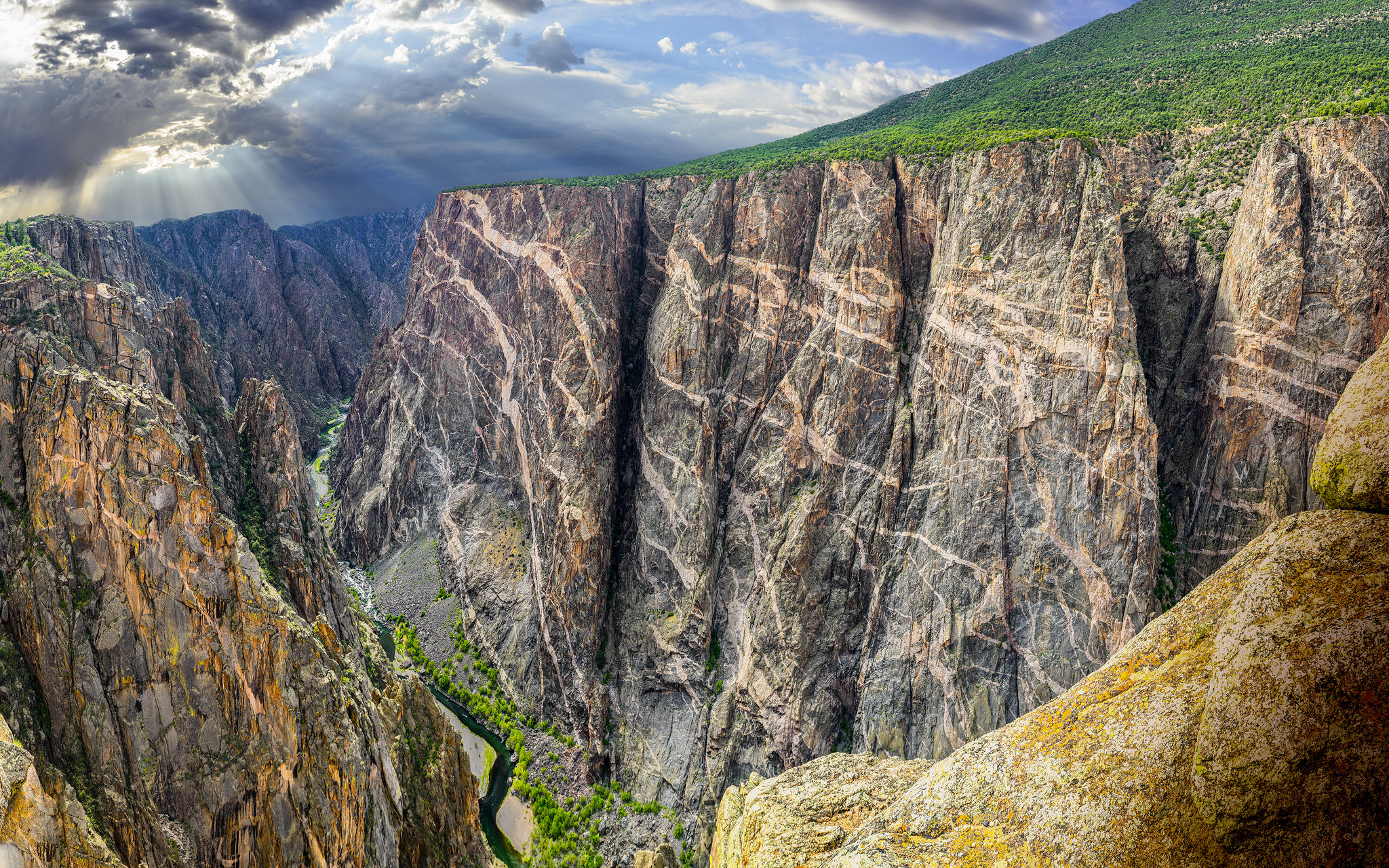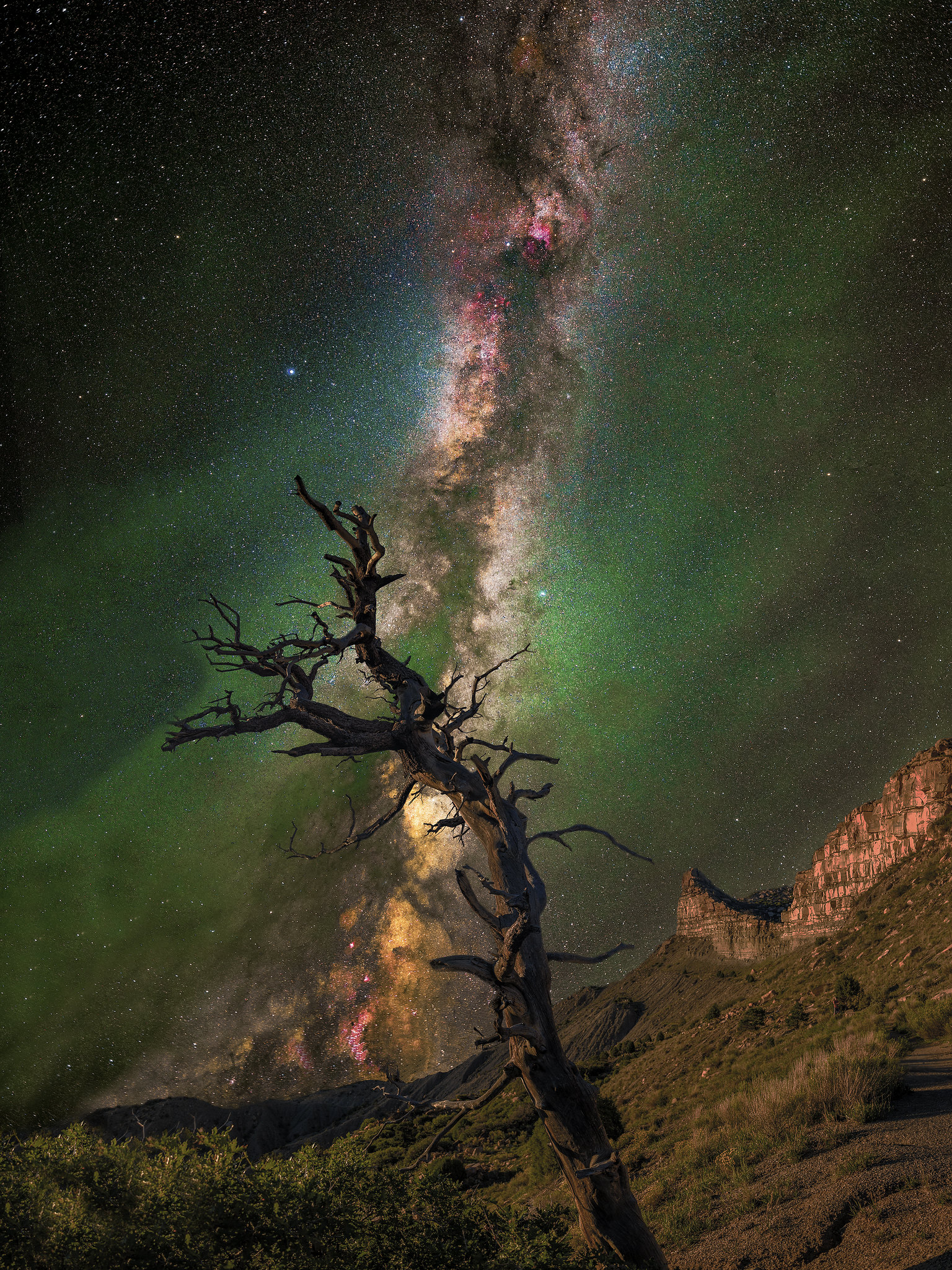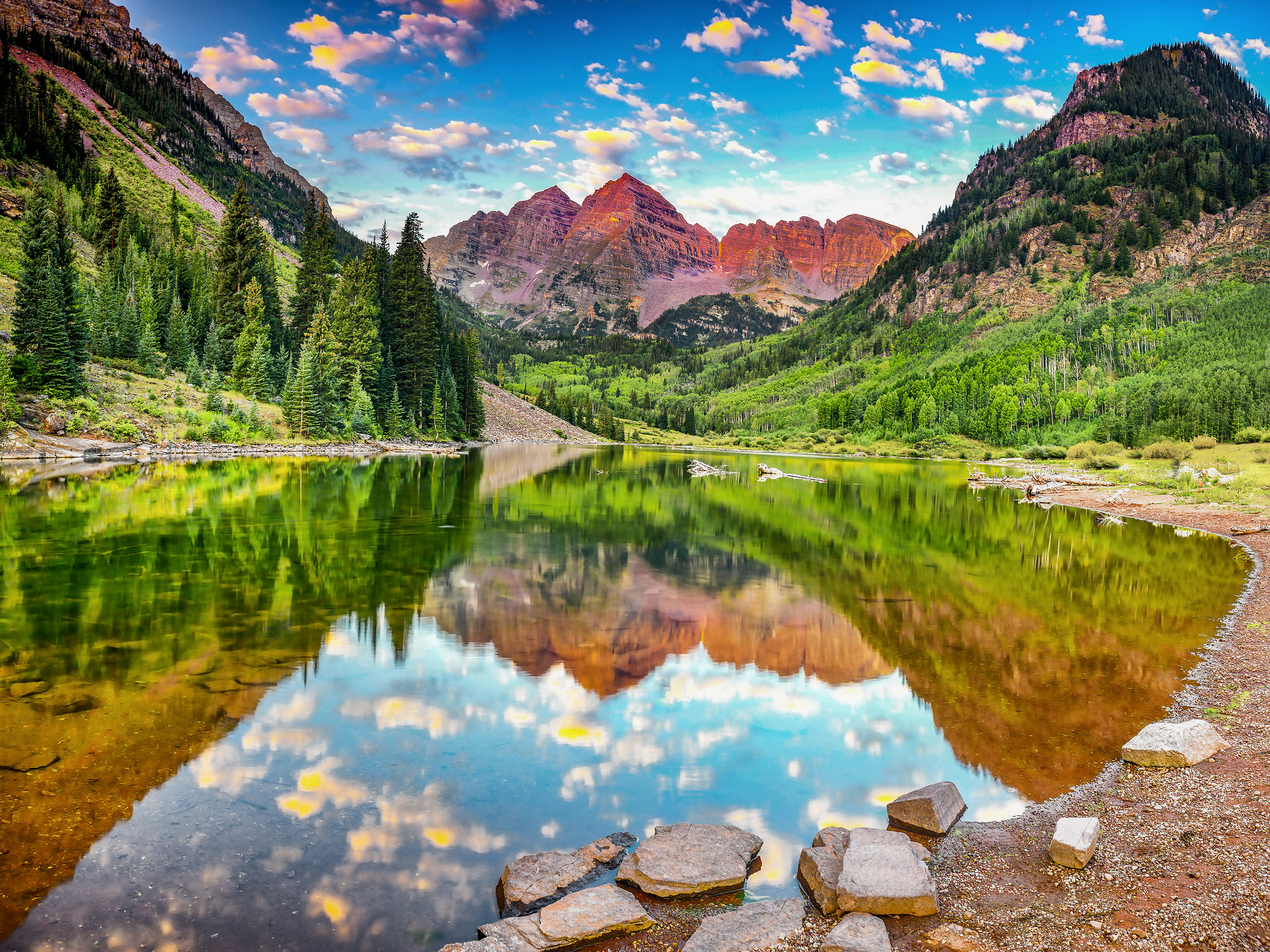Just out of interest, are you using focus stacking?"Another Hoodoo Sunset"
Photo Critique and Edit Thread
- Thread starter amirm
- Start date
You are using an out of date browser. It may not display this or other websites correctly.
You should upgrade or use an alternative browser.
You should upgrade or use an alternative browser.
Looks impressive. How long did it take you to expose this frame?"Star Gate" - Southern Utah

Any specific tripod? Whenever I want to expose a photo for a few seconds, my old carbon-aluminum one is probably not enough.
I just use an old Gitzo tripod with ball head for my night photography.
I use a cable release to minimize any vibrations to the camera.
Thanks!
I use a cable release to minimize any vibrations to the camera.
Thanks!
I was curious because the weather conditions in such places may be problematic for taking photos.
"Nature's Art Canvas"
Painted Wall at Black Canyon of Gunnison, CO.
We visited this site several times while camping a few miles away.
Although the canyon plunges 2250ft down, we could still hear the loud sounds of the river rapids below.
We were completely alone at this visit!
This geological marvel is composed of solid gneiss stone with intricate lines “painted” of igneous pegmatite rock.

Painted Wall at Black Canyon of Gunnison, CO.
We visited this site several times while camping a few miles away.
Although the canyon plunges 2250ft down, we could still hear the loud sounds of the river rapids below.
We were completely alone at this visit!
This geological marvel is composed of solid gneiss stone with intricate lines “painted” of igneous pegmatite rock.

Last edited:
Shot near Mesa Verde, CO.
The green in the Milky Way is called air glow.
It's very faint to the human eye, but my camera was able to capture these wondrous colors during a 3 minute exposure.

The green in the Milky Way is called air glow.
It's very faint to the human eye, but my camera was able to capture these wondrous colors during a 3 minute exposure.

The 500 Rule for avoiding star trail says your full frame equivalent focal length would be 500÷(3×60) = 2.78mm. So what focal length was actually used?Thanks, this was approx 3min exposure.
I use a star tracker which allows me to shoot up to a 5 minute exposure with no star trails.The 500 Rule for avoiding star trail says your full frame equivalent focal length would be 500÷(3×60) = 2.78mm. So what focal length was actually used?
A lot more elaborate setup but the advantages are far more worth it!
My primary star photo lens is a Sigma 15mm
Thanks
Wouldn't that blur out the foreground though? Or are the foreground and stars separate takes that are merged?I use a star tracker which allows me to shoot up to a 5 minute exposure with no star trails.
So you set up the tripod, take one photo for 3 minutes (sky), and then without moving the camera, you take a 2nd shot ('more normal evening shot') of the tree and landscape? Then you go home and merge one onto the other? How do you this...do you literally have to digitally cut out the tree and paste it onto the backdrop of the long-exposure night sky?Yes, you are correct.
To get a balanced overall exposure, the foreground and sky are 2 different exposures that are merged together.
Thanks,
Gregg
Similar threads
- Replies
- 1
- Views
- 313
- Replies
- 0
- Views
- 222
- Replies
- 2
- Views
- 465
- Replies
- 32
- Views
- 2K
Members online
- Marck1973
- mtemur
- cdka
- HORTON
- Ugc
- Dvuc
- Brian Walsh
- the sound of Tao
- DetroitVinylRob
- rau
- Bobvin
- luthcol
- oldmustang
- J007B
- Jackl3y
- alecm
- dminches
- F208Frank
- Analog Scott
- Macattack
- TVTI
- davidavdavid
- Foxbat
- Glide3
- sbnx
- dan31
- MattSPL
- Doc76
- hce4
- takacs75
- Downtheline
- KeithR
- fbhifi
- daveoo
- Ackcheng
- Ferris010
- SlapEcho
- The Prof
- ricjor1
- Mike Lavigne
- Blake
- Backpacker
- Gregadd
- RickS
- earl3090
- ban25
- Ron Resnick
- Robh3606
- tuby_evan
- John T
Total: 1,198 (members: 61, guests: 1,137)
| Steve Williams Site Founder | Site Owner | Administrator | Ron Resnick Site Co-Owner | Administrator | Julian (The Fixer) Website Build | Marketing Managersing |





